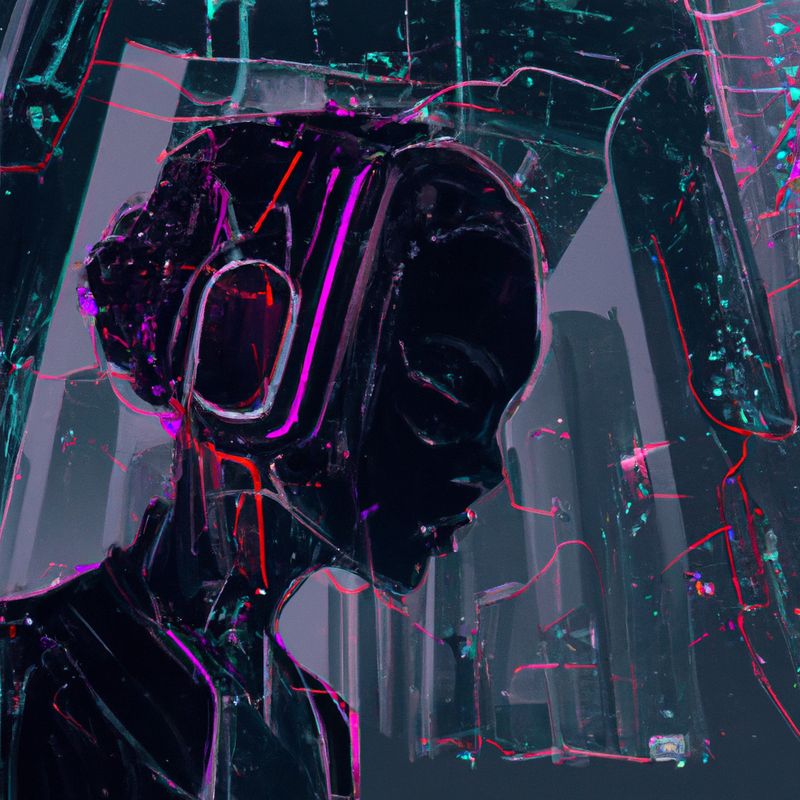Unleashing the Power of AI: Revolutionizing Image Recognition

Artificial Intelligence (AI) is an area of computer science that focuses on creating intelligent machines that can think and act like humans. AI has been used in many different fields, from healthcare to robotics, and has had a major impact on how we interact with technology. One of the most important applications of AI is in image recognition, which is used to identify objects in images and classify them into categories. In this article, we will discuss the role of AI in image recognition and how it is being used to improve accuracy and speed.
What is Image Recognition?
Image recognition is the process of identifying objects in an image and classifying them into categories. It is a form of computer vision, which is the ability of a computer to interpret and understand visual content. Image recognition technology is used in many applications, such as facial recognition, object detection, and autonomous vehicles. It is also used in medical imaging, where it can be used to identify diseases or abnormalities in scans.
How Does AI Help with Image Recognition?
AI has revolutionized image recognition by making it faster and more accurate. AI algorithms are used to process images and extract features that can be used to identify objects. This process is known as feature extraction. AI algorithms can also be used to classify images into different categories, such as animals, cars, or people. This process is known as image classification. AI algorithms can also be used to detect objects in images, such as faces or license plates. This process is known as object detection.
The Benefits of AI in Image Recognition
AI has many benefits when it comes to image recognition. Compared to traditional methods, AI algorithms are faster and more accurate. AI algorithms can also be trained to recognize more complex patterns and objects, which makes them more effective than traditional methods. AI algorithms are also able to process large amounts of data quickly, which makes them ideal for real-time applications. Finally, AI algorithms are able to learn from their mistakes, which makes them more accurate over time.
The Challenges of AI in Image Recognition
Although AI has many benefits, it also has some challenges. One of the main challenges is the need for large amounts of data to train the algorithms. AI algorithms also require a lot of computing power to process images, which makes them expensive to use. Finally, AI algorithms can be biased if they are not trained on diverse datasets, which can lead to inaccurate results.
Conclusion
AI has had a major impact on image recognition, making it faster and more accurate. AI algorithms are used to process images and extract features that can be used to identify objects. AI algorithms can also be used to classify images into different categories, such as animals, cars, or people. AI algorithms can also be used to detect objects in images, such as faces or license plates. Although AI has many benefits, it also has some challenges, such as the need for large amounts of data and computing power. Despite these challenges, AI has revolutionized image recognition and will continue to do so in the future.
